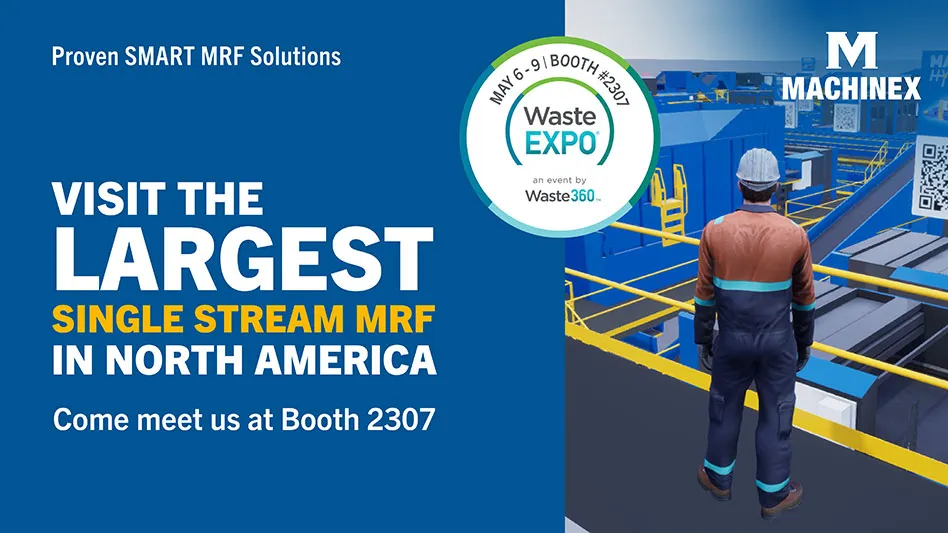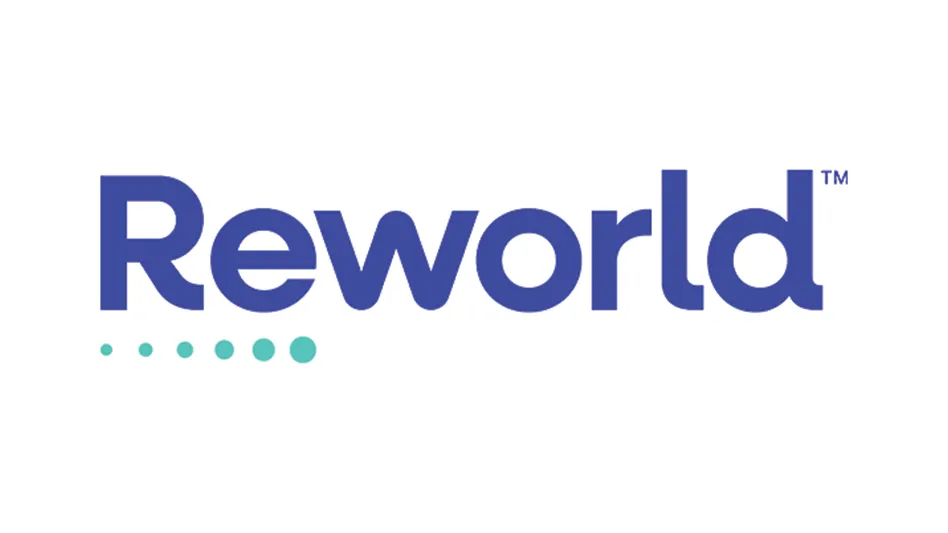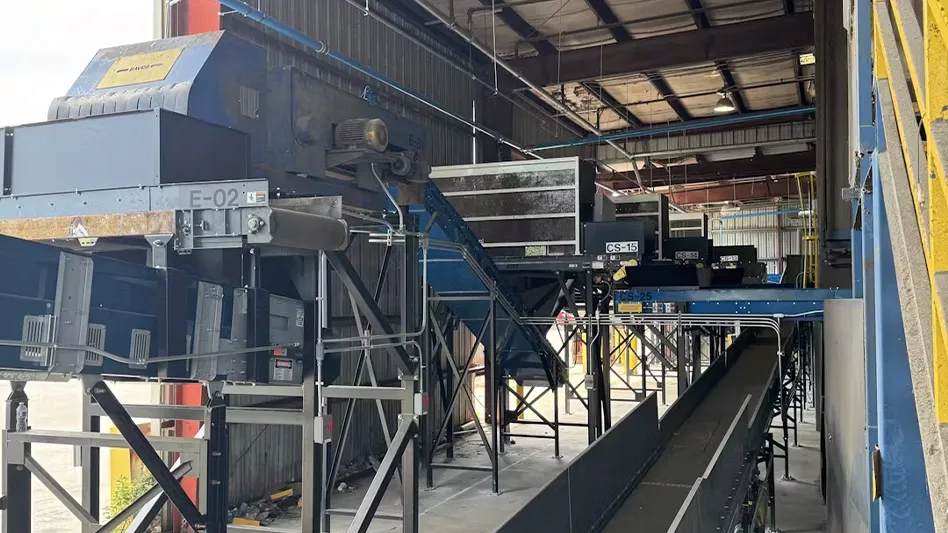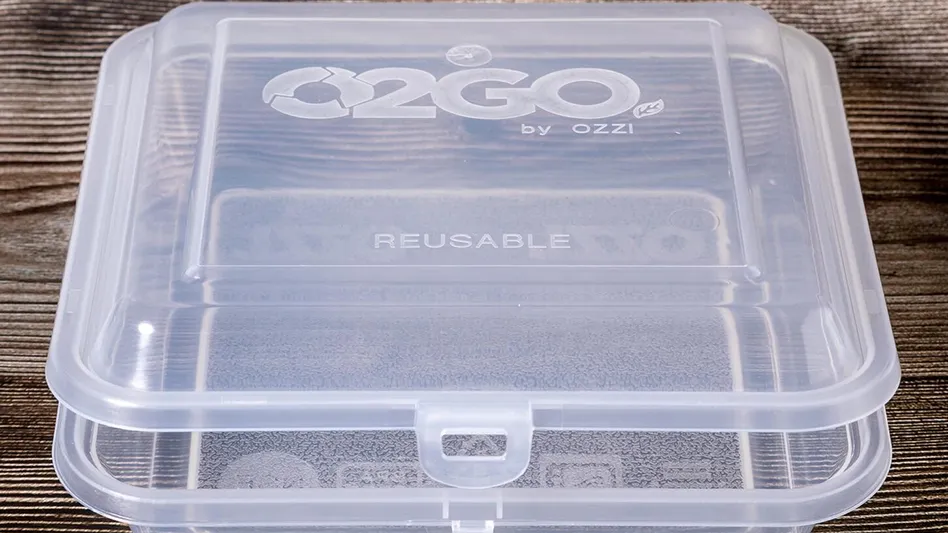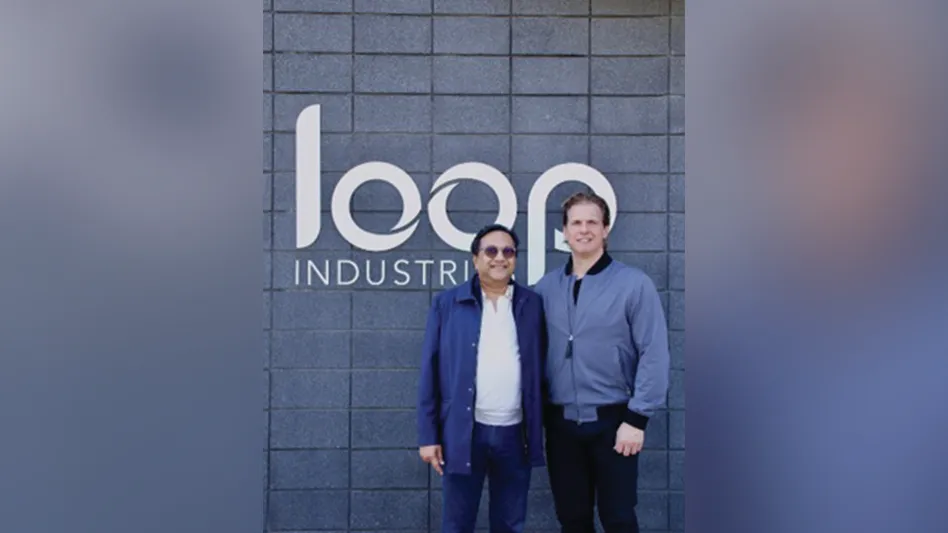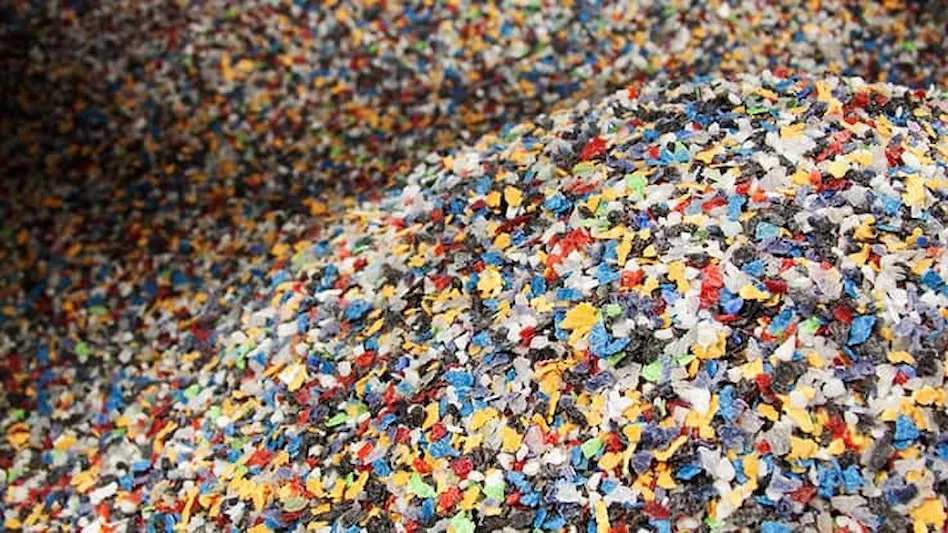
Recycling Today archives
We’re keeping score in recycling. The stakes have been raised, ambitious aspirations are everywhere, corporate reputations and billions of dollars are on the line, and the health of planet Earth hangs in the balance. Wins matter and agreement is widespread that recycling has a long way to go before anyone gets to hold a victory parade. In this heightened context, it’s more important than ever to ensure that there’s a trusted rulebook and a clear metric of success. In the game of recycling, it’s important that the referees tally the points correctly.
Recycling is most meaningfully viewed in terms of rates, with the ultimate metric being the recycling rate, which should be a simple and straightforward measure of the overall percentage of material that gets recycled. Definitionally, there’s a near-universal understanding that anything recovered from the waste stream and transformed into a new material feedstock for use in the manufacture of a new product has effectively been recycled. When that definition is met, the amount of material goes in the numerator. When that definition is not met, the amount of material goes in the denominator. Divide, get a percentage, and bingo: Assess the health of recycling. In concept, it’s not rocket science. In practice, though—like everything else in recycling—it is complicated, and a critical examination and application of common-sense principles suggests we haven’t been measuring this rate at all correctly.
Recycling should be understood as a sequence of processes, and the thorny issue is the question of where in that sequence the measurement should be taken. A simplified version of the recycling sequence involves three steps: collection, sortation and reprocessing. Each step is a bottleneck. Not everything that could be recycled gets collected for recycling. Not everything collected for recycling gets correctly sorted. Not everything that gets sorted and sold to a reprocessor actually gets transformed into a new material feedstock. Yet, the predominant method of measuring recycling rates occurs between the second and third step, considering the tonnage of material sorted then sold to reprocessors as the amount of material recycled. This assumes that paper mills, plastic reclaimers and other industrial manufacturing processes perfectly use 100 percent of the material they procure to make new, recycled materials. In other words, it assumes—quite literally—that manufacturers can achieve perfect efficiency using scrap as feedstock.
The inconvenient truth of recycling is that it is an inefficient process, and every unit of material put in a recycling bin does not result in a unit of material getting recycled. Our systems of measurement should reflect that. Yield loss at reprocessors can be significant, and it should be emphasized that yield loss means disposal. Those fibers that are too short to make it through another papermaking process? Landfilled, or dehydrated and burned for energy. In other words, disposed of. The polyethylene terephthalate (PET) bottle with a label that is incompatible with the PET reclamation process? Same fate: disposed of. Eunomia’s recent report The 50 States of Recycling—a first-of-its-kind assessment of packaging and beverage container recycling rates in all 50 states of the U.S., published with Ball Packaging—found that these yield loss rates range from 3 percent to more than 20 percent, which is certainly enough to make a difference in our understanding of the success of recycling.
The recycling rate should be measured at the conclusion of the recycling process when recycled content is created. Anything that does not emerge at the other end of the process as recycled content, quite simply, has not been recycled and should not be considered recycled material. Doing so will give a much more accurate depiction of the success of our recycling systems. It will also hurt. Our recycling rates are low, and this new, better form of measurement will draw them even lower. Nobody wants to see low rates get lower. But with better accuracy, a clearer picture of the opportunities for improvement will also come into focus.
Understanding yield loss shines a light on the biggest tragedy in recycling: Some material goes through an extraordinary effort to get within inches of the finish line, only to fall out of the race at the last minute. With greater emphasis on this bottleneck, we can shift from handing out participation trophies to recognizing that good material already has passed through multiple bottlenecks and could simply need different treatment to nudge it to its happy home. Different reprocessing technologies fare differently in terms of yield loss, and that ought to be part of our discourse on recycling, just the same as there are robust discussions around the effectiveness of collection practices and sorting technologies. Better reprocessing technologies deserve recognition. But they will only receive that shine if they’re acknowledged to move the needle in our recycling rates.
With many categories of recyclables, the amount of yield loss is a direct consequence of packaging design decisions, and illuminating that relationship can lead to a renewed conversation on designing for recyclability. The producer community has vested interests in raising recycling rates. If the recycling rate cannot be raised without addressing those design features that present incompatibilities with reprocessing, it’s doubtful that they ever will be addressed at scale. This could carry particular importance in the eyes of companies that have pledged to use the Ellen MacArthur definition of recyclability. That definition says an item can only be considered recyclable if it is recycled at a rate of at least 30 percent. With this more accurate system of measuring recycling rates, no category of plastic packaging could be considered recyclable. That would hurt and would light a bigger fire that should lead to bigger and bolder actions.
The debate about whether chemical recycling “counts” as recycling? Totally eliminated under this improved system of measurement. Any fuel-type outputs of gasification, pyrolysis or similar technology simply wouldn’t be counted in the numerator of the recycling rate. By shifting the measurement to focus on the amount of recycled content created, a chemical recycling technology could be viewed in the context of every other reprocessing technology, with the critical question of whether its “recycling efficiency” merits investment and encouragement. Reprocessors aren’t binary, either counting or not counting as recycling. They’re all in the grey area, with some chemical recycling technologies being greyer than others.
Love it or hate it, a shift toward this new-and-improved recycling rate measurement already is in process. The European Union recently introduced its new measurement methodology that accounts for processing yield, and the U.S. Environmental Protection Agency has signaled that it will pursue considering processing yield as a key performance indicator of recycling. It has become a key discussion point for the assessment of bottle bills. We must brace ourselves for the pain of learning that, as poor as recycling rates appear to be, they could be much poorer.
Recycling is a game with high stakes, and the players need to up their intensity. Just like the material that gets all the way to the reprocessor but never completes the recycling process, there shouldn’t be participation trophies.
Adam Gendell is a senior consultant with Eunomia Research & Consulting, headquartered in Bristol, U.K. He works out of Charlottesville, Virginia, for the company's New York City-based office.
Latest from Recycling Today
- Meeting the decarbonization challenge
- Cyclic Materials expands leadership team
- Paper cup acceptance at US mills reaches new milestone
- EPA announces $3B to replace lead service lines
- AMCS showcasing Performance Sustainability Suite at WasteExpo
- New Way and Hyzon unveil first hydrogen fuel cell refuse truck
- Origin Materials introduces tethered PET beverage cap
- Rubicon selling fleet technology business, issuing preferred equity to Rodina Capital
